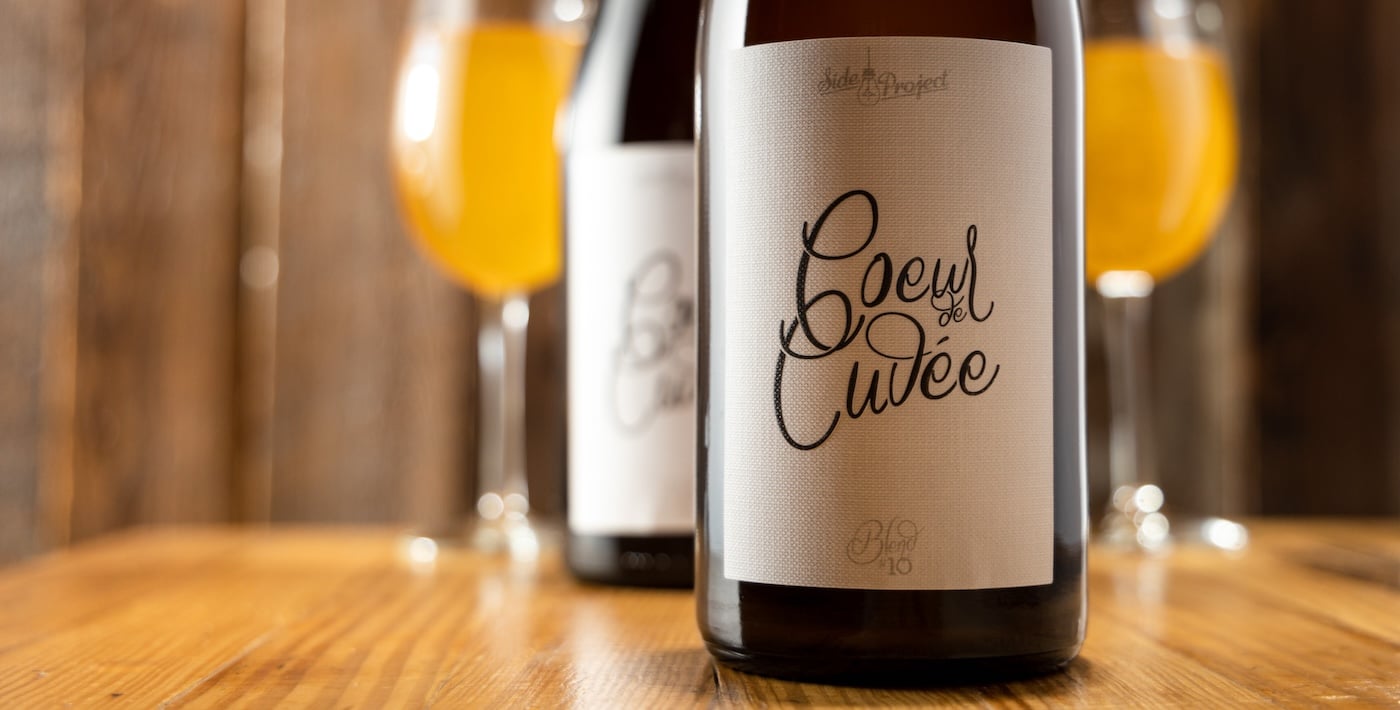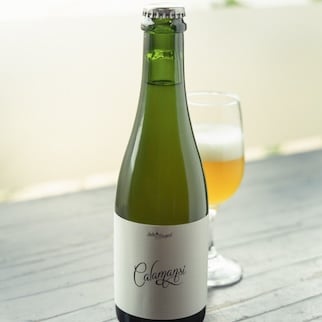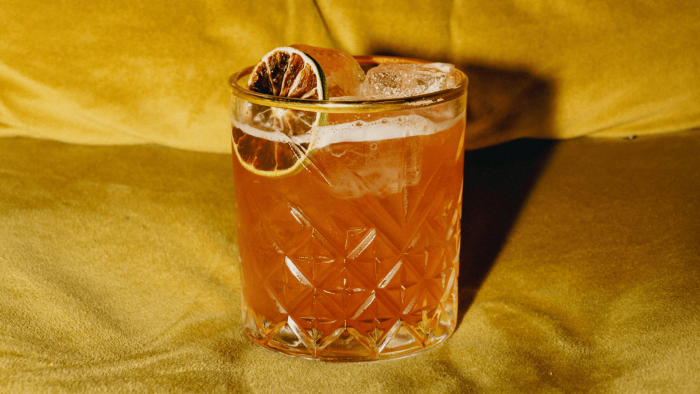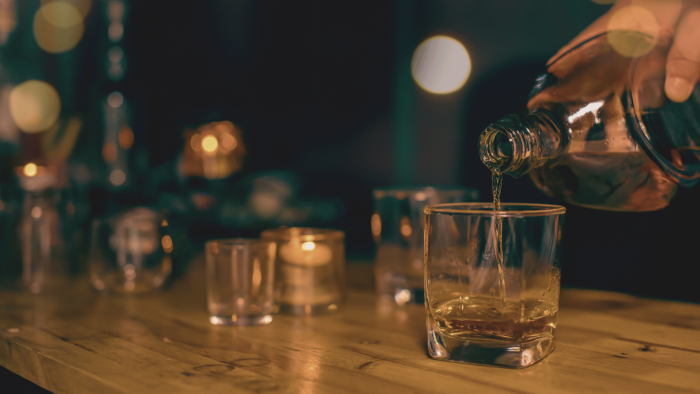RTD: Three letters that, when strung together, afflict craft brewers with visions of an adult beverage landscape brought to beerless desolation. It’s true that the beer industry faces a number of challenges to its sustainability, from increased production costs to wellness culture’s bizarre incursions into brewing spaces; depending on who you ask and the data you pay attention to, though, the ever-rising popularity of “ready to drink” cocktails represents a more direct threat to beer through sales, biting into craft brewing revenue as the current beer alternative du jour.
Here’s some good news for folks ducking and covering as the beer sky falls: The issue is more nuanced than meets the eye. Part of RTDs’ allure is the price point. The average RTD brand is cheaper than any four-pack at your local package store. People like cheap, especially at this particular moment of economic unease. But that’s a problem for breweries modeled around vendor partnerships, and not as much for the ones built on direct-to-consumer sales.
“American craft breweries that rely on [distribution], rely on volume to get by, I guarantee they’re all talking RTDs,” Cory King, owner of Maplewood, Missouri’s Side Project Brewing, says. “What do they need to do? What do they need to look at? Where is it hurting them out in the market?”
Breweries using the DTC model enjoy some protection against the effects of RTD beverages on their bottom line. (And, not for nothing, but draconian alcohol laws exist in over twenty American states that ban the sale of spirits RTDs in spaces that also sell beer and wine, a’la grocery stores and convenience stores.) They don’t have to concern themselves with losing consumers, at least not on a significant scale; the spirits RTD market is growing, but it isn’t choking out craft beer, either.
“It’s like looking at a high-end winery and asking them what they think about RTD wine cans,” King explains. “Are they hurting their sales? And they’re like, ‘No, because that’s not us.’”
It certainly isn’t Side Project. Even if they tried, they couldn’t match spirit RTD price points; a bottle of Calamansi, their oak-aged Brett pale ale brewed with calamansi limes, vanilla, and toasted coconut, rocks a $25 price tag. Of course people playing connect the dots with the cost of beer versus the cost of spirit RTDs will make knee-jerk conclusions about the future of beer. There’s no comparison here, speaking to bang for one’s buck. But, broadly speaking, consumers buying spirit RTDs aren’t the same consumers buying high end farmhouse ales from a world class brewery like Side Project. At best, crossover interest in flavor profiles might occasionally attract the spirit RTDs crowd toward King’s fruited beers. He just isn’t actively courting them. The dollars don’t work out.
Side Project’s patrons don’t quite understand that, of course. “We have a lot more of our customers coming in and saying, ‘You guys should do an RTD!’” King says with a laugh. “But they’re not changing their buying habits from us.” RTD beverages are hamstringing the overall beer market, but breweries like Side Project occupy such a small niche that they don’t suffer the effects nearly as much as others, which is something of a punchline; very few breweries exist in the U.S. that prioritize sours in their portfolios. In fact, here’s a word to the wise for brewers with designs on opening their own sour-forward brewery: Don’t.
In a few additional words, there’s a reason so many breweries in the U.S. tend to focus on IPAs, or even lagers, and treat sour beer production as a secondary or tertiary program; brewing sours is costly and time-intensive, and there’s no guarantee that when the beer is done, it’ll actually be even good. The process is somewhat unpredictable, like playing darts blindfolded in the dark with your non-dominant hand.
The Best Sour Beers To Drink This Summer
Increasingly, craft beer brewers and patrons have turned toward lagers - pale, dark, Pilsners, Helles, bocks - as the breezy de facto alternative to the God Emperor of the craft industry, the IPA. People want options, and they want beer they can recognize immediately as “beer” as codified by America’s…
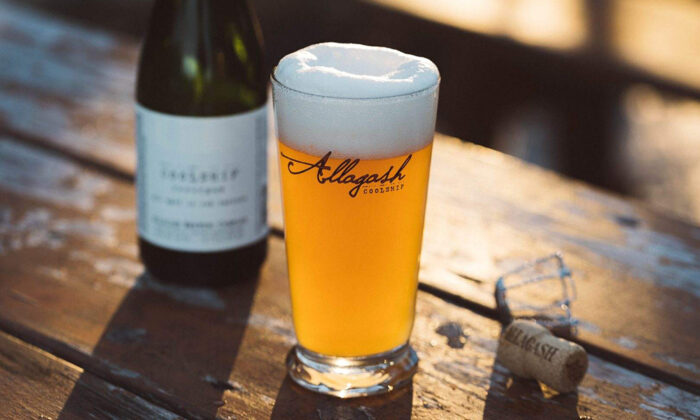
How do you pay yourself when you won’t have beer to sell for over a year? How can you pay your employees? Learn a lesson from King, and start out making sour beers for fun, as a hobby, in your free time, sort of like a side project, instead. King got his start in beer working for Perennial Artisan Ales, a 13 minute drive from Maplewood in St. Louis; in that window of time, he started dabbling around with sours as an experiment, which turned out to be a boon considering the difficulties inherent in brewing sours. “I was insulated,” King says. “I didn’t owe anybody anything. It was just me. I bought my first four oak barrels for a hundred bucks, I put sour beer in them, bought local fruit, and did my own thing.”
Side Project’s initial scale helped soften the blow of beer loss, an unavoidable part of the fruited sour process. Spilling your beer is a bummer. Spilling beer while you’re brewing it is a flat-out tragedy. But King accepts that making fruited beer means losing some of the drink along the way.
“We don’t have a filter here, and even if we had a filter, there’s just so much pectin and fruit proteins, and just chunks of fruit that would clog up most filters.” It’s a tough reality of the process, an added expense on top of the rest, and one reason among several others why fruited sours specifically, and farmhouse style beers in general, rock high sticker prices; it is, again, why Side Project doesn’t bother appealing to spirit RTDs consumers, either. “If we were to go after that consumer with our fruited beers, we’d have a different approach,” King points out.
Side Project’s natural conditioning process, carried out in 375ml – 750ml bottles, would be sacrificed at the altar of convenience, replaced by extracts and artificial flavoring; the brewery would be something entirely different from what it is. What would be the point? King characterizes Side Project’s aesthetic as “more traditionalistic, and more like the traditional Belgian lambics.” Such time-honored brewing methods need to be preserved, and seen through that framework, hand-wringing over rates and market values and unit prices feel frivolous. Craft beer is in a place of change and flux; brewers need to adapt to thrive. Diverging from beer and toward RTDs isn’t the adaptation the brewing industry is looking for.

